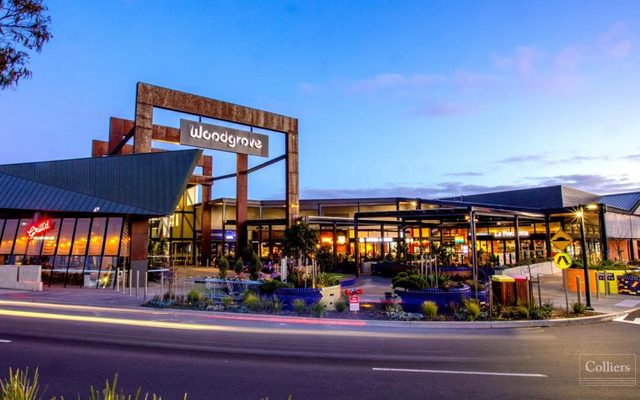This article is from the Australian Property Journal archive
RESIMAX has collected 700 hectares of land in Melbourne’s growth corridors that it says will have an end house and land value of $8 billion, making the Aziz “Ozzie” Kheir-led company one of Victoria’s most active private developers.
Maintaining its focus on developing within the West and North Precinct Structure Plan growth corridors of Melbourne, Resimax’s acquisitions, all within 50 minutes of Melbourne’s CBD, will translate into over 10,000 lots and include 274 hectares in Beveridge and 115 hectares in Wallan in the north, 148 hectares in Sunbury in the north-west, and 116 hectares in Rockbank and 71 hectares in Melton in the west.
The developer plans to progressively make the land lots available for public purchase in 2025, with 500 of the 10,000 lots across various projects designated as build-to-rent stock. Resimax plans to construct and lease the build-to-rent rental homes to tenants by 2027, following the roll-out of stock in their current build-to-rent portfolio.
Ozzie Kheir said the developer has plans to deliver 1,000 new homes for Melburnians every year for the next five years, from future developments and its existing projects, which include the large-scale Eynesbury community in the north-west. The project last year saw a $350 million refinancing anchored by Japan’s Nomura, Avenue Capital and Allianz Global Investors.
Kheir said some of the newly acquired sites have readily available infrastructure, “allowing us to fast-track the delivery of affordable housing stock into Melbourne”.
“Resimax Group has set its sights on delivering a high volume of affordable family homes in relatively quick succession, at a time when housing supply is facing record lows,” he said.
Resimax acquired the land parcels during a series of opportunistic deals from 2020 to 2022. Kheir said the combination of market uncertainty and low immigration during the pandemic created a unique position for the developer and the ability to accumulate a significant pipeline of land for affordable housing.
“This strategy will allow Resimax Group to deliver a critical volume of housing in northern and western growth corridors of the state, where land parcels are still affordable and migration is booming,” Kheir said.
During the master-planning phase, Resimax consulted with various stakeholders to “ensure maximum affordability” for its purchasers, it said. The resulting model involves decreasing the average lot size across their developments to 300 sqm to 350 sqm, some 20% to 30% less than the average Greater Melbourne residential block size of 429 sqm. Kheir said it has previously trialled this model at its other estates with success.
“From surveying residents actively building and living in our estates, we have found that a majority are increasingly sacrificing backyard space to prioritise the size and scale of their internal living spaces,” Kheir said.
“We know that Melburnians want detached housing. We have looked at the feasibility of townhouses and apartments on a similar footprint, but compact detached housing will deliver something of longer-term value and use to purchasers.”
The developer’s portfolio now comprises 1,400 hectares of land, with the anticipation of delivering over 22,000 lots in partnership with its in-house builder Tick Homes. The estimated end house and land value of all delivered and newly acquired land lots will total over $17 billion.
According to recent data from the National Housing Supply and Affordability Council, Australia is projected to miss its 2029 housing target by 160,000 homes.
Resimax Group says additional resources on a state level need to be put in place now to fast-track PSP approvals.
“Parcels of land in progressed PSPs can be fast-tracked for development approval. This includes land located close to existing infrastructure, such as train stations and road networks.
“If additional resources are put into place on a state government level now, developers such as Resimax Group can deliver housing faster, and work towards closing this housing shortfall over the next five years.”




